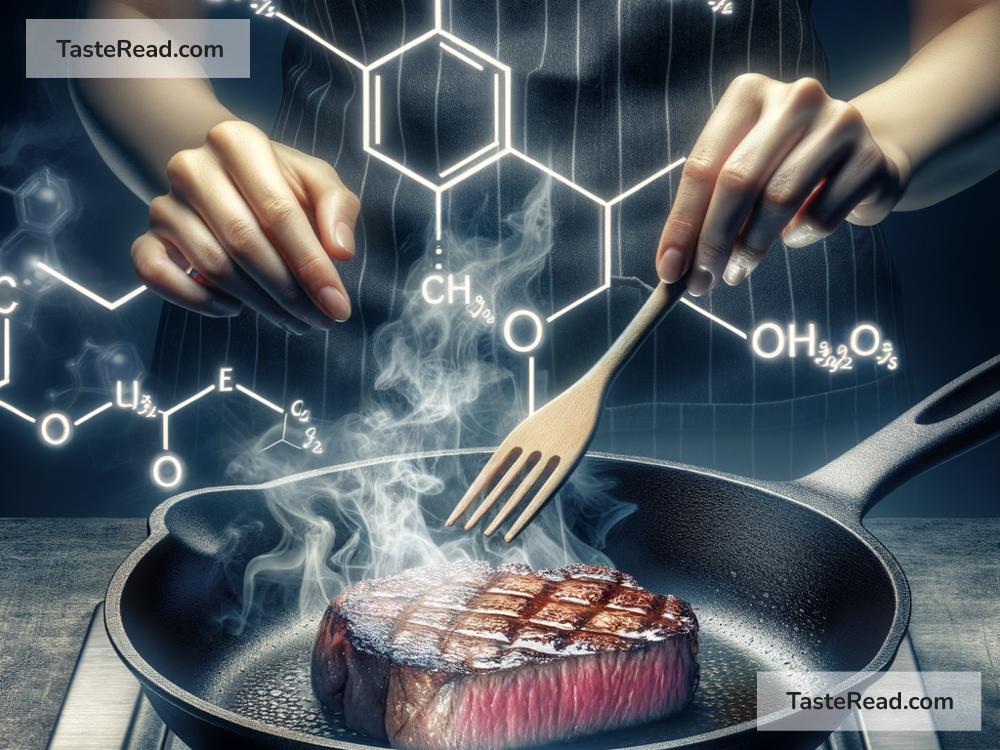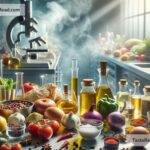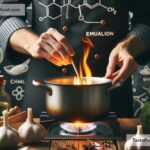The Science of Cooking with Chemical Fortitude: Techniques and Tips
Cooking is truly an art, but did you know it’s also a science? Behind the tastes, textures, and smells of our favorite dishes, there’s chemistry at work! From the browning of your morning toast to the rising of a fluffy cake in the oven, chemical reactions transform simple ingredients into memorable meals. Once you understand the science behind cooking, it’s easier to improve flavors, boost creativity, and make better decisions in the kitchen.
This blog dives into the exciting world of cooking science, focusing on techniques and tips that use “chemical fortitude” to transform everyday ingredients into culinary masterpieces—all explained in a simple, accessible way.
Understanding Chemical Reactions in Cooking
Every time you cook, chemical reactions are happening between ingredients. These reactions influence texture, color, and flavor. Here are a few common reactions that play a big role in cooking:
1. The Maillard Reaction
When you cook meats, bread, or any food containing protein and sugars at high heat, you’re creating the Maillard reaction. This chemical process produces that irresistible browned, roasted flavor that makes grilled steak, toasted bread, or seared vegetables so delicious.
Tip: To maximize flavor through the Maillard reaction, make sure your food is dry before cooking (use paper towels for meats and vegetables), and cook at high temperatures. For example, ensure your pan is sizzling-hot before laying your steak on it!
2. Caramelization
Caramelization is the process where sugar breaks down and browns under heat, creating sweet, nutty, and complex flavors. It’s responsible for the color and taste of browned onions, caramel sauce, and roasted sweet potatoes.
Technique: If you’re caramelizing vegetables like onions, cook them slowly in low heat with a little oil or butter and resist the urge to rush. Patience is key to unlocking deep, sweet flavors.
3. Leavening and Rising
Ever wondered how cakes become fluffy, or bread dough rises to perfection? This comes from leavening agents like baking soda, baking powder, or yeast. These ingredients release carbon dioxide gas, which creates air bubbles in your batter or dough. As the food heats, the bubbles expand, and the resulting dish becomes light and airy.
Tip: When working with baked goods, carefully measure leavening agents. A little too much or too little can make a huge difference. Also, don’t overmix your batter—the bubbles that give your cake its lift can deflate if handled too aggressively!
4. Emulsification
Emulsification is the process of mixing fats with liquids that normally don’t mix, like oil and vinegar. When done properly, you can create delicious sauces like mayonnaise or vinaigrettes.
Tip: To create a great emulsion, whisk aggressively while slowly adding one liquid to another. For example, when making a salad dressing, drizzle olive oil into the vinegar while vigorously whisking to get a smooth, creamy texture.
5. Heat and Protein Change (Denaturation)
Proteins in meat, eggs, or cheese undergo “denaturation” when exposed to heat. This process changes the structure of the proteins, which is why eggs go from liquid to solid as they cook.
Tip: When cooking meats, use moderate heat to avoid drying them out. If you’re cooking eggs, low and slow heat helps maintain creaminess—especially for scrambled eggs.
Kitchen Techniques That Make Science Work for You
Now that you understand some basic cooking reactions, here are practical techniques using chemistry to level up your cooking:
1. Brining
Brining meat (soaking it in salty water) introduces salt into the proteins, helping keep the meat moist and flavorful during cooking. The salt interacts chemically with the proteins to retain water.
Try This: Brine chicken breasts for 1 to 2 hours before baking or grilling for juicier results. It’s as simple as dissolving salt in water, adding a few spices, and letting the meat soak.
2. Acid-Based Marinades
Acidic ingredients like lemon juice, yogurt, or vinegar chemically break down tough muscle fibers in meats, allowing marinades to tenderize food and enhance flavor.
Tip: Don’t marinate meat in acidic ingredients for too long (generally 30 minutes to a few hours), as too much acid can make the texture mushy instead of tender.
3. Resting Your Food
Resting food (like letting cooked meat sit before slicing) allows juices and molecules to redistribute evenly. This scientific pause keeps flavor locked in.
Tip: After roasting or grilling meat, let it rest on a cutting board for 5–10 minutes before slicing to prevent juices from spilling out.
Fun Experimental Tips for Home Cooks
Why not embrace cooking as a science experiment? Here are 3 experiments to try:
- Bake a small cookie batch with different ratios of baking soda: Notice how changing this single ingredient affects the size, texture, and flavor.
- Use salt at different cooking stages: Compare how seasoning early, mid-cooking, or just before serving changes flavors.
- Toast a slice of bread at various heat levels: Observe how browning affects aroma and taste through the Maillard reaction.
Final Thoughts: Chemistry Makes Cooking Magical
Cooking isn’t just about stirring pots or flipping pans—it’s about transformation. When you understand the underlying science, both the process and results become more enjoyable. Chemical fortitude in the kitchen gives you the confidence to experiment with flavors, textures, and techniques that elevate ordinary meals into extraordinary ones.
So next time you’re making dinner, take a moment to marvel at the chemistry happening behind the scenes. With a little curiosity and practice, you can harness the science of cooking to become a more creative, successful home chef. Happy experimenting!


